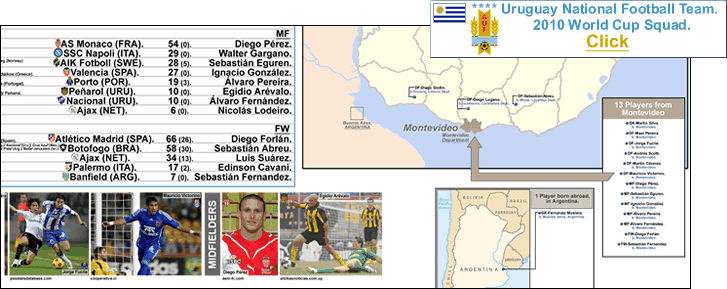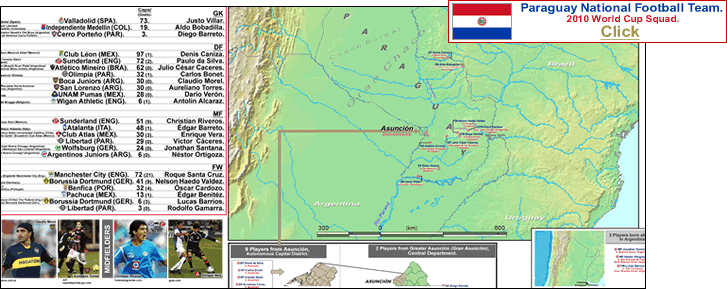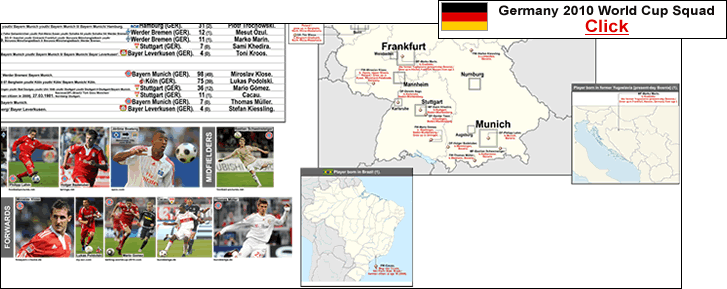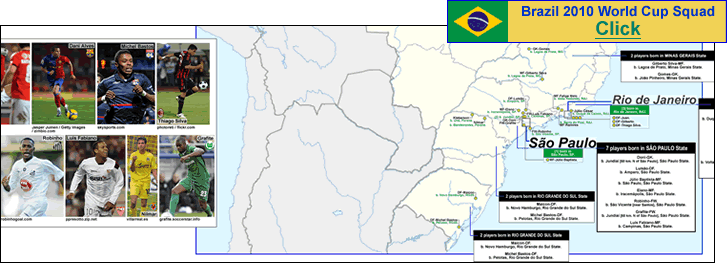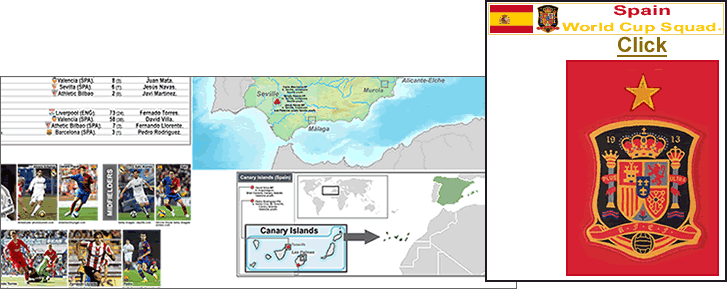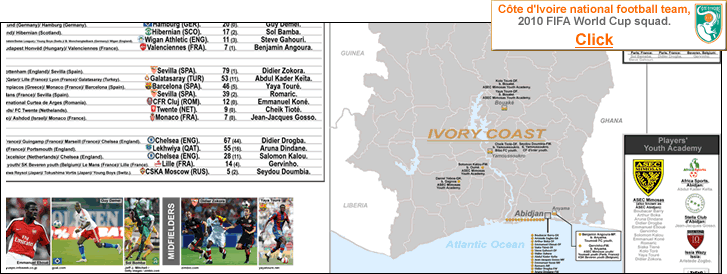…
…
Note: click on the following link for my most recent [2015] map & post on the CFL,
Canadian Football League: CFL location-map for 2015, with 2014 attendances, percent-capacities, and titles-listed-by-team./ Plus illustrations for the 3 new stadiums in the CFL (Ottawa, Hamilton, Winnipeg).
…
Official CFL site (www.cfl.ca).
2010 CFL season, including images of 2010 CFL retro uniforms (en.wikipedia.org).
For 2010, the CFL season will once again start on the national holiday of Canada Day, on July 1st.
The 2009 Grey Cup finalists…reigning champions the Montreal Alouettes, and the Saskatchewan Roughriders, will play in Regina, Saskatchewan; and the Calgary Stampeders will host the Toronto Argonauts. {CFL schedule, here}.
-
The 2009 CFL season saw a nail-biting finish. In the 2009 Grey Cup, the Montreal Alouettes snatched a last second, 14-point come-from-behind-victory, from the out-coached Saskatchewan Roughriders. I can see why Montreal head coach Marc Trestman’s name has been mentioned as a possible NFL head coaching hire…the Alouettes methodically pared down the Roughriders’ lead, and positioned themselves for a field goal as the clock ran down. Right before that, Saskatchewan couldn’t run the clock down, with 2 lame up the middle runs that failed to get that crucial final first down. Montreal got the ball back and moved right down the field. Their first field goal attempt was actually missed, but Saskatchewan was penalized for having too many men on the field, and Montreal got a second shot and won it wih a 32-yard FG. Montreal running back Avon Cobourne was named MVP.
-
The map and chart shows all the 2009 uniforms of the 8 CFL teams (including 1960s-themed throwback uniforms), as well as average attendances, plus 3 or 4 photos of each team’s stadium.
-
Here is an article from Sports Business daily.com, from last November
Turnstile Tracker: CFL Attendance Down Slightly From ’08.
The fact that attendance was down slightly should not distract one from the fact that there are real success stories in the CFL. Three of the eight teams played to capacity last season…the Calgary Stampeders, the Montreal Alouettes, and the Saskatchewan Roughriders. True, Montreal was playing in a 20,000-seat stadium, but the team has just expanded the facility by 4,800. [You can see the new stand in the middle photo in Montreal's section on the map page (the photo is from the July 27th game v. Toronto). And the photo on the right is a Bing.com Bird's Eye satellite view that shows the stand from earlier in 2010 when construction was still ongoing.]
Calgary and Edmonton also upgraded their stadia, and the BC Lions are putting a retractable roof on BC Place (for a 2011 re-opening). Also, the Winnipeg Blue Bombers will be moving into a new stadium at the University of Manitoba in 2012. Hamilton and Saskatchewan are considering new stadiums as well, and there is the new Ottawa franchise slated for 2013. And the September 25, 2010 CFL game to be played in Moncton, New Brunswick’s new stadium sold out in less than 48 hours {‘CFL game in Moncton a sell out‘ {CBC.ca)}.
Frankly, the dead weight in the CFL is the team from Canada’s largest city…the Toronto Argonauts. It seems that the Canadian Football League is just too, well, provincial, for the refined tastes of the people of Toronto. Toronto is a city with a metro area population of around 5.1 million {2006 figure}. Many people from Toronto believe they live in a world-class city and thus deserve things like a Major League Baseball team (which has been poorly supported for over a decade, now, with the fifth-worst average attendance as of June 30th, 2010 {see this}, as well as an NFL franchise (which would mean they would steal the Buffalo Bills from the fans that make up the Bills’ very solid fan base in western New York). I think there are very many sports fans in Toronto who feel the Canadian Football League is beneath them. The Toronto Argonauts drew 26,374 per game last season, which is horrible when you take into account the fact that Toronto is over 9 times the size of cities like Hamilton and Winnipeg, and more than 25 times the size of Regina. [List of the 100 largest metropolitan areas in Canada, from en.wikipedia.org.]
-
My mom was born and raised in Regina, Saskatchewan, so I can’t resist linking up to this article by Saskatchewan Roughriders’ offensive lineman Kelly Bates, from the CFL.ca website, ‘Have to love that Rider pride‘ (June 30,2010).
-
Thanks to the contributors to the pages at en.wikipedia.org Canadian Football League.
Thanks to Geology.com Canada Physical Map.
Thanks to the brilliant MG’s Helmets.com… MG’s Helmets. Last year, this site was the only place I could find images of the circa-1960s-throwback helmets that all the CFL teams sported in week 3. PS, this season, the CFL teams will have throwback uniforms from the 1970s, during weeks 6 and 7…see this, from the official CFL site, ‘Kicking off 2010 schedule with momentum’.

